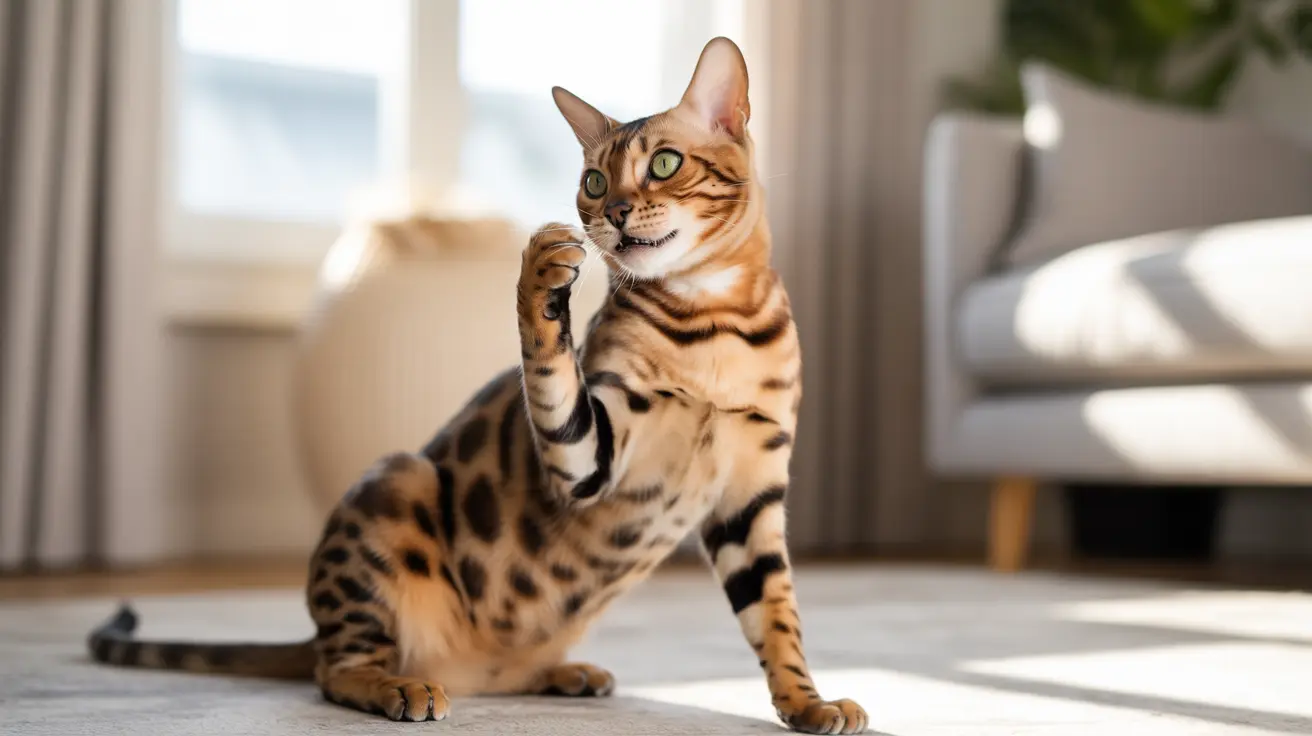Dealing with cat spray smell can be one of the most challenging aspects of pet ownership. Whether you're facing this issue for the first time or battling a recurring problem, understanding how to effectively eliminate cat spray odor is crucial for maintaining a fresh-smelling home and preventing future marking behaviors.
In this comprehensive guide, we'll explore proven methods for removing cat spray smell, understanding why cats spray, and implementing lasting solutions to prevent future incidents. From immediate cleanup strategies to long-term prevention, you'll learn everything you need to know about tackling this persistent problem.
Understanding Cat Spray vs. Regular Urination
Cat spraying is distinctly different from normal urination. When cats spray, they stand upright with a quivering tail and release a small amount of urine on vertical surfaces. This behavior is primarily territorial, while regular urination occurs on horizontal surfaces in a squatting position.
The smell of cat spray is particularly pungent due to specific pheromones and proteins that cats use for territorial marking. These chemical compounds make the odor more difficult to eliminate than regular cat urine.
Effective Cleaning Solutions for Cat Spray
Immediate Action Steps
Quick response is crucial when dealing with cat spray. The sooner you clean the affected area, the better your chances of completely eliminating the odor:
- Blot the area immediately with paper towels
- Avoid rubbing, which can spread the spray and push it deeper into surfaces
- Remove as much moisture as possible before applying cleaning solutions
Best Cleaning Products and Methods
For optimal results, use these proven cleaning solutions:
- Enzymatic cleaners specifically designed for pet odors
- White vinegar and water solution (1:1 ratio)
- Baking soda for absorption and neutralization
- Hydrogen peroxide (3%) for stubborn spots
Preventing Future Spraying
Environmental Modifications
Create an environment that discourages spraying:
- Install multiple litter boxes (one per cat plus one extra)
- Use pheromone diffusers in problem areas
- Block views of outdoor cats that might trigger territorial behavior
- Keep litter boxes immaculately clean
Behavioral Solutions
Address the root causes of spraying:
- Consider spaying or neutering if not already done
- Reduce environmental stress
- Provide adequate resources and territory for each cat
- Maintain consistent daily routines
Frequently Asked Questions
What is the most effective way to remove cat spray smell from carpets, furniture, and walls?
The most effective approach is to use enzymatic cleaners specifically designed for cat odors. These products break down the proteins in cat spray, eliminating the smell completely rather than just masking it. For best results, thoroughly clean the area first and allow the enzymatic cleaner to completely dry.
Why do cats spray indoors, and how can I tell if my cat is spraying instead of urinating?
Cats typically spray due to territorial marking, stress, or medical issues. You can identify spraying behavior when your cat stands with a vertical tail, backs up to a surface, and releases a small amount of urine while their tail quivers. Regular urination involves squatting and larger amounts of urine.
Are vinegar and baking soda safe to use for cat spray odor, and why should I avoid ammonia-based cleaners?
Yes, vinegar and baking soda are safe and effective natural cleaners. Avoid ammonia-based cleaners because they smell similar to cat urine and may actually encourage your cat to re-mark the same area. Vinegar helps neutralize odors, while baking soda absorbs moisture and smells.
How can I stop my cat from repeatedly spraying in the same spot after cleaning?
Thoroughly clean the area with enzymatic cleaners, then make the location less attractive by placing food bowls, scratch posts, or pheromone diffusers nearby. Block access to the area temporarily if possible, and address any underlying stress factors that might be causing the behavior.
When should I consult a veterinarian about my cat's spraying behavior, and could it be a sign of a health problem?
Consult a veterinarian if spraying behavior starts suddenly, especially in a spayed/neutered cat, or if it persists despite environmental changes and proper cleaning. Spraying can sometimes indicate urinary tract infections, kidney problems, or other medical issues that require professional attention.
Conclusion
Successfully eliminating cat spray smell requires a combination of proper cleaning techniques and addressing the underlying causes of spraying behavior. By following these guidelines and maintaining consistency in your approach, you can create a fresh-smelling home environment while helping your cat feel secure and content.






